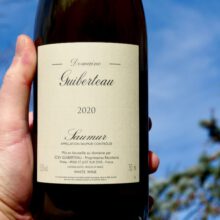
Product information
Domaine Guiberteau Samur Blanc 2020
Chenin Blanc from Saumur, D'Anjou-Saumur, Loire Valley, France
$66
Description
This is 100% Chenin Blanc, grown on the calcareous soils in and around Brézé, more precisely, from younger vines in Clos de Guichaux and Clos des Carmes, as well as some old vines from the Bas de Pentes terroir of Brézé. Then there is a splash of Les Chapaudaises from Bizay. As any Saumurois will tell you, these terroirs are some of the crown jewels of Saumur (particularly the Clos des Carmes which sits on the chalky mother-rock of the Brézé hill, just below the Château de Brézé). The vine plantings range from 1935-2012, so there’s plenty of old-vine stuffing in this cuvée. With all this in mind, perhaps the quality of this wine shouldn’t come as a surprise.
All Guiberteau’s whites are whole-bunch pressed and fermented with indigenous yeasts. Historically this wine has been vinified entirely in tank, although more recent vintages have been partly aged in tronconique oak to broaden the textural range and mitigate reduction. Our note reads, “has it all”; it’s a juicy and open rendition of Guiberteau’s first bite, full of compact and racy, mineral-tinged fruit and energy-fuelled crystalline length. It’s right where you want it to be.
In stock
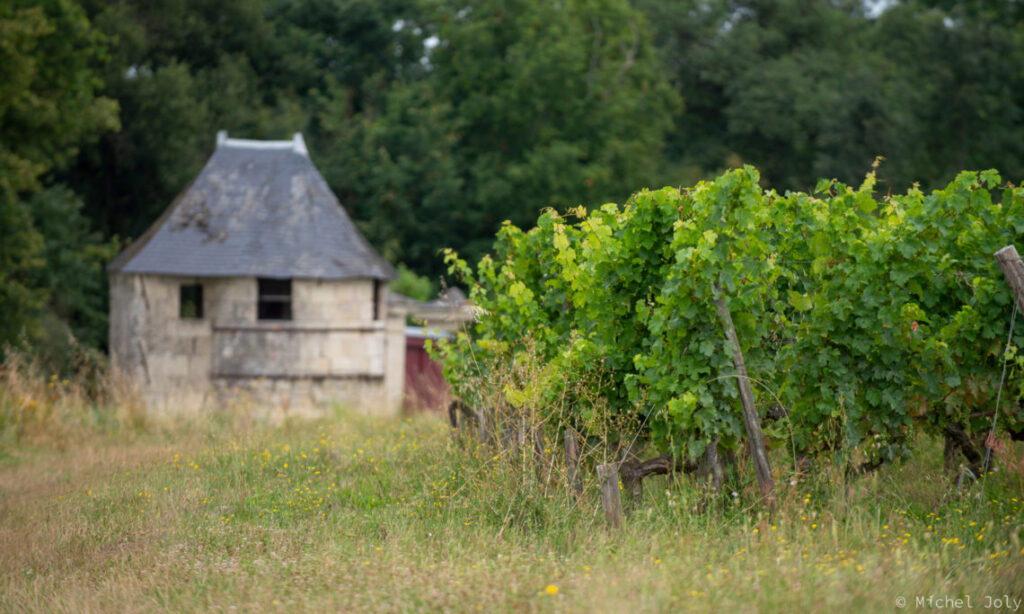
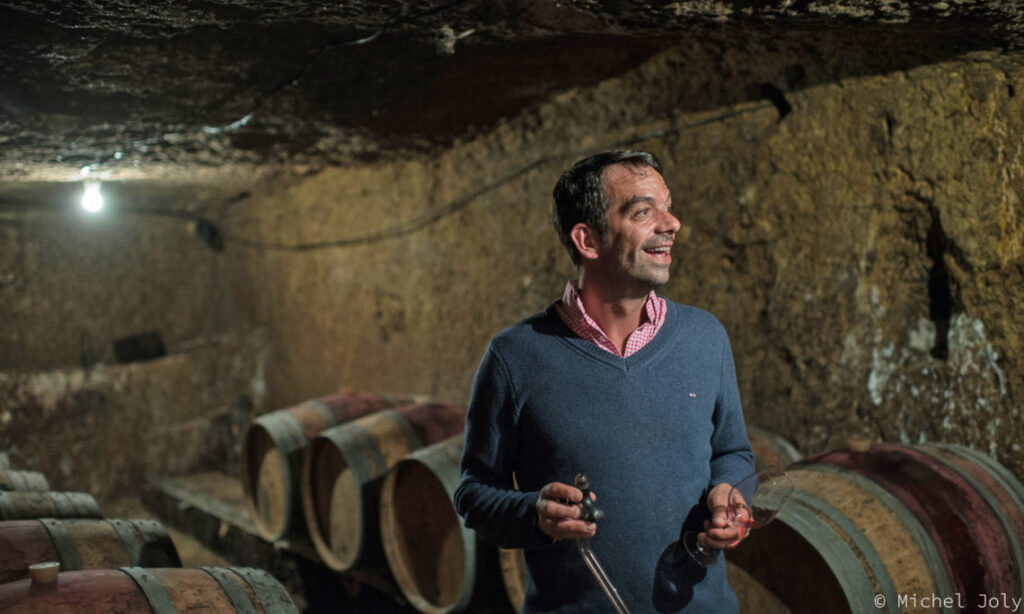
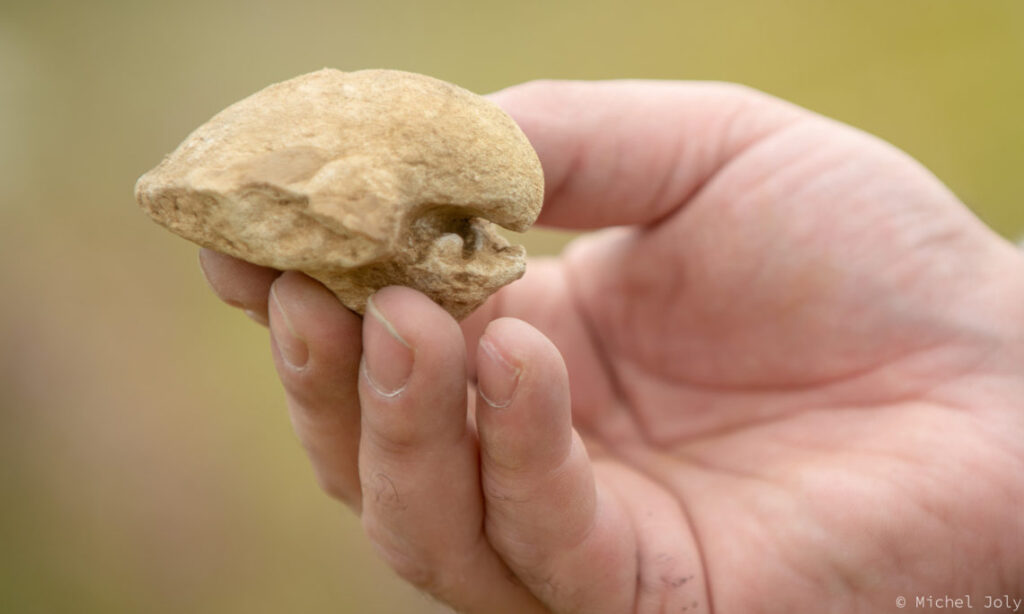
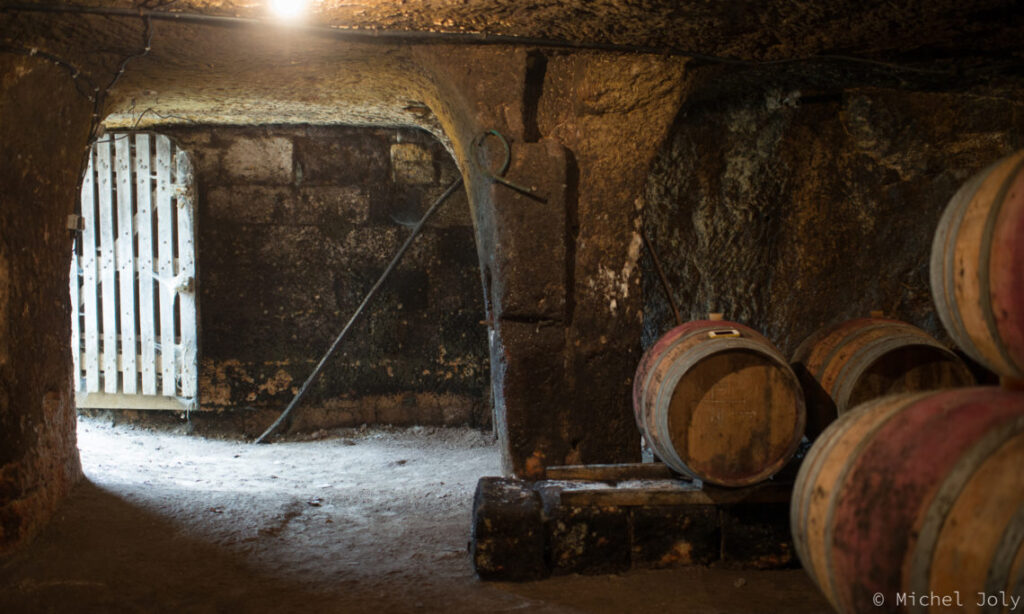
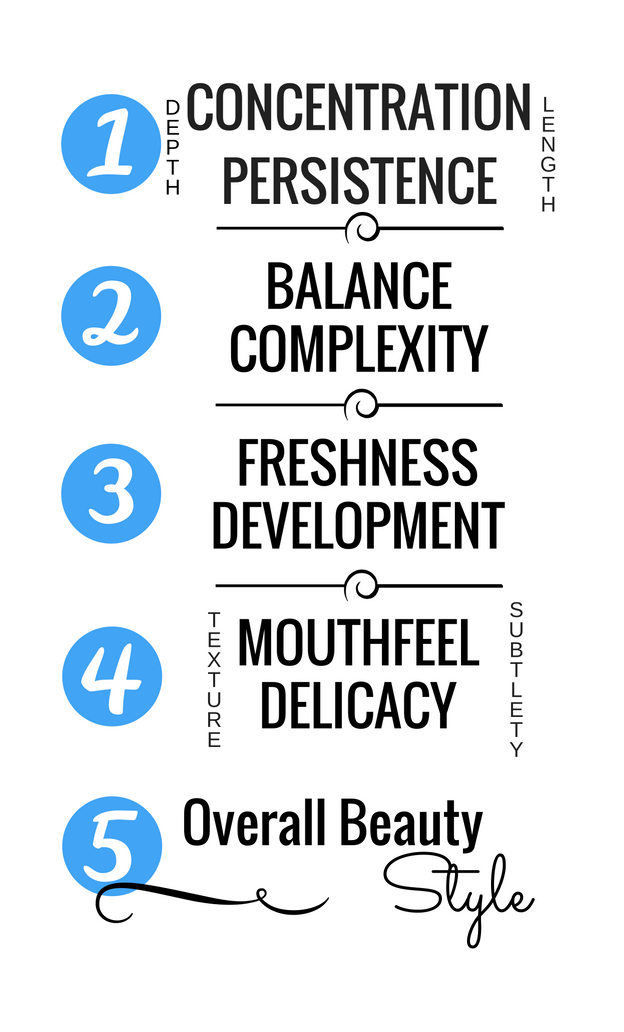
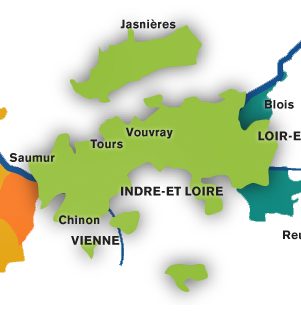

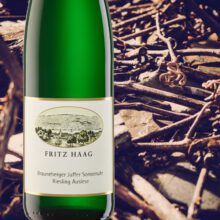
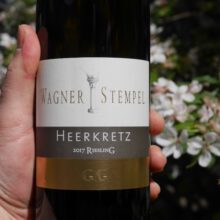
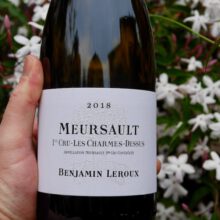
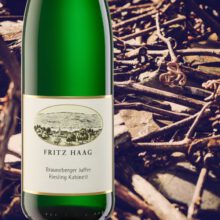
You must be logged in to post a comment.